After last week’s foray into the dark underbelly of Hell, I thought it might be nice to reverse course and head for the tranquility promised by Utopia, Queens. Few maps consider Utopia a proper neighborhood; most lump it in with the adjacent Fresh Meadows. Look at any of the signs on local businesses or ask a stranger on the street, and most (though not all) would tend to agree. A quick Google Maps search, however, was able to provide me with the neighborhood’s actual borders.
A map of the world that does not include Utopia is not worth even glancing at, for it leaves out the one country at which Humanity is always landing.
Oscar Wilde
Last week, I stopped in for a cut at Turnpike Haircutters (not a sponsor) in Fresh Meadows. I was talking to the barber, Ellan, about this project and asked him if he considered Utopia its own neighborhood. He answered somewhat indignantly, “Of course it’s a neighborhood. I grew up there!” He then proceeded to ask me if I had walked to Queens from Brooklyn since I was sweating so much. As Ellan had seen me get out of my car directly in front of the barbershop, I assumed it was a rhetorical question and didn’t answer.
BLACK STUMP
Before it earned its current name, present-day Utopia was known as Black Stump after the blackened stumps Dutch farmers used to mark the borders of their property. The area was farmland from 1683 through the early 1900s. In 1905, the Utopia Land Company (ULC) purchased 50 acres in Black Stump with the intention of creating a refuge for Jewish families seeking escape from the crowded tenements of the Lower East Side. Ultimately, the ULC could not secure additional funding, and the project was never completed. The only trace of their failed utopia was the neighborhood’s new name.
THAT’S GROSS
By 1940, the Gross-Morton Park Development company had bought the land and built nearly all the houses on Utopia’s 24 blocks, advertising the neighborhood as “a location of established prestige, unquestionable charm, and unmatched convenience.” The blocks of Utopia were undoubtedly calm when I was there, quiet leafy streets with an almost suburban feel. That calm, however, could have been attributed to the ranks of armed guards patrolling in unmarked vehicles.
All paradises, all utopias are designed by who is not there, by the people who are not allowed in.
Toni Morrison
The first thing that struck me about Utopia was the peculiarities of the housing stock. I was intrigued by a house with a seemingly unique flanged, stone entryway, only to see that same design with subtle alterations pop up several times in the following few blocks. I noticed the same thing with several other distinct architectural motifs. I later learned that the Gross-Morton company had offered eight different designs to prospective home buyers. Unlike in other parts of the city where attached homes echo the designs of their immediate neighbors, these different building typologies, with their slight variations, were dispersed randomly, like architectural slant rhymes, throughout the neighborhood.
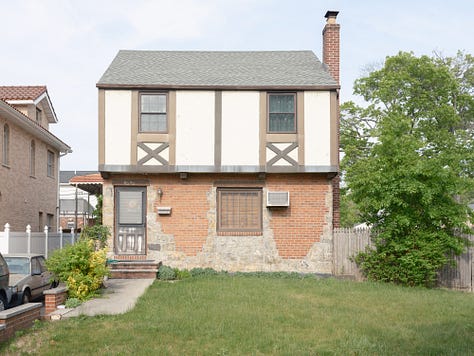
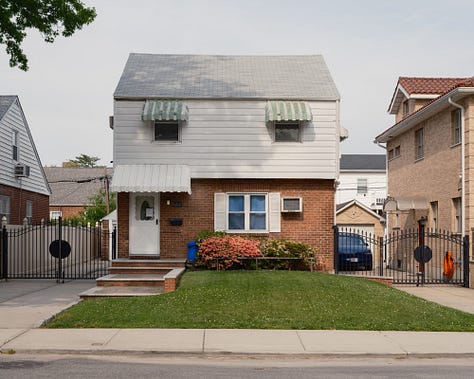
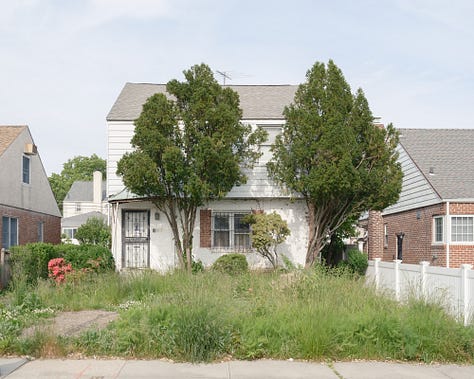

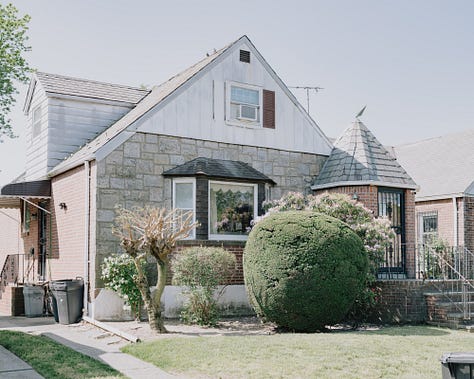
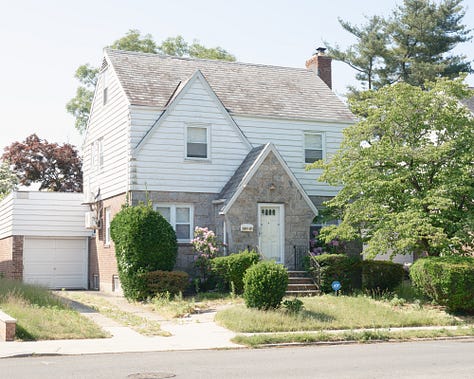
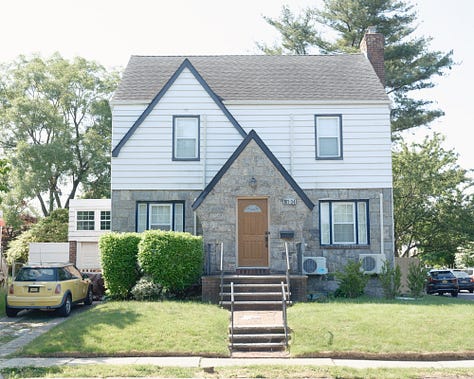
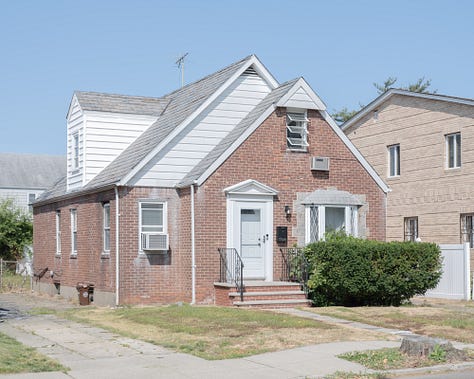
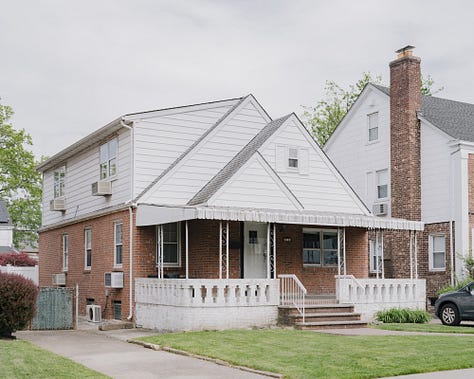
In the intervening years, some of these homes have been torn down, and residents have begun to put their own spin on things with new designs. Interestingly many of these new homes also share some of the same design language. The arched double-height portico, in particular, seems to be a popular choice.
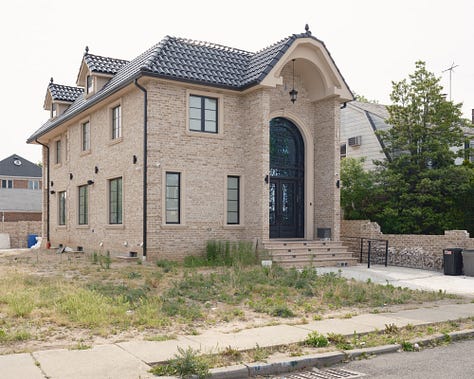

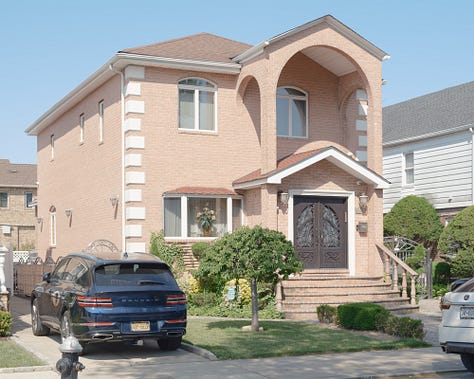
But the Modern Utopia must not be static but kinetic, must shape not as a permanent state but as a hopeful stage, leading to a long ascent of stages.
HG Wells
BRINCKERHOFF CEMETERY
Between the endless rows of Gross-Morton homes, I found a single undeveloped lot, thickly forested, enclosed by an unpainted picket fence. My map told me this was the Brinckerhoff Cemetery, the one remaining link to Utopia’s Dutch colonial history. Despite several Google reviews for the overgrown lot (3.8 stars) claiming this was an ancient Indian burial ground, this was actually a cemetery for the Dutch families who farmed the area. Between 1730 to 1872, at least 77 bodies, likely many more, were interred here.
a short walk from the house through the fields and in plain sight of passersby on the Black Stump road is situated a small cemetery covering about half an acre of land, and thickly dotted with gravestones, the majority of which are smooth dark brown stone bearing eighteenth century dates. ... What is remarkable about the older stones in the enclosure is their perfect preservation, the inscriptions on them being as clear- cut and as legible as if they had left the stonecutter’s hands but yesterday, instead of almost 200 years ago. On the top of each dark stone is a death’s head very plainly carved. One monument is very conspicuous from the fact that this death’s head has been carefully cut out and carried off, probably by some antiquarian with a fondness for the gruesome. ... While the gravestones are in such fine condition the cemetery itself is just the reverse. The entire place is a wilderness of trees and brush so thick that it is extremely difficult to penetrate. No interments have been made for many years and its forsaken condition shows that it is rarely visited and its very existence almost forgotten.
This excerpt is from a 1928 article in the Queens Daily Star referenced in this fascinating deep dive into the cemetery’s history by the Landmarks Preservation Commission.
SIGHTS AND SOUNDS
This week’s audio is mostly just kids getting out of school and some Buddhist chants during my lunch.
FEATURED PHOTO
I’m not sure that this photo by Ben Rose on Utopia Parkway was taken in Utopia proper, but it is so good I had to share it.
Rose, who I was unfamiliar with before finding this picture, studied with Russian photographer Alexey Brodovitch. He shot this using a Cirkut panoramic large-format camera. I found this great blog post and short video by Italian landscape photographer extraordinaire Massimo Vitali on the Cirkut camera, well worth checking out if you are into complicated, arcane camera gear.
NOTES
After walking through Utopia for a while, I began to get hungry. I know from experience that the further you get away from the city center, the more limited your choices become when you’re a vegetarian, so, with my expectations low, I searched Yelp for my best option.
The search for Nirvana, like the search for Utopia or the end of history or the classless society, is ultimately a futile and dangerous one. It involves, if it does not necessitate, the sleep of reason. There is no escape from anxiety and struggle.”
Christopher Hitchens
Amazingly, one of my first options was what was purportedly a Buddhist1 vegan restaurant right smack dab in the middle of Utopia, only a couple of blocks from me. The first thing I noticed when I arrived was the large green C in the storefront window. In 2010, NYC implemented a restaurant grading system based on adherence to hygienic standards. The simple letter grade displayed in every restaurant window gave diners an idea of how clean the kitchen was kept. I had heard that the system was flawed and that simply leaving a dishtowel out or having the improper wattage bulb in a fixture could lead to enough demotions to lower your score from an A to a B.2 Also, I had been a solid C student in my school days, and I turned out alright; at least they didn’t get a D or an F! It wasn’t until later that I learned that a C is actually the lowest grade they give out and, according to Serious Eats, it’s not pretty.3
This is when things start to get pretty gross—and possibly dangerous. For instance, sanitation violations at this level sound like "Evidence of mice or live mice present in facility's food and/or non-food areas;" "Hand washing facility not provided in or near food preparation area and toilet room;" or "Food item spoiled, adulterated, contaminated or cross-contaminated."
Since I wasn’t fully aware of the implications of the C rating, I took my chances and went in. Though the door was ajar, I couldn’t tell if they were open for business. Cases of soda were scattered haphazardly around the room, and a girl who appeared to be doing her homework sat at one of the tables in the back. Buddhist chanting filled the air. Suddenly, a loud, slightly distorted voice called out a greeting over the mantras. I looked over and, on a small flat-screen television tucked into the corner of the room, I saw a woman with a headset on, her background blurred, staring at me expectantly.
I nervously returned a greeting to this 21st-century Max Headroom4 and, realizing she was waiting to take my order, hastily chose the first thing I saw - the lunch special: General Tso’s Seitan with Hot and Sour soup. I hate hot and sour soup. Its texture is gross, not to mention that it seems like it would be the perfect vehicle to conceal any slightly moldy or rotten leftovers; in other words, the ideal first course for a C grade establishment. My food eventually came, delivered by an actual human, who was very nice. My “hostess” remained on screen throughout the meal as a shadowy figure drifted behind her, occasionally slipping into focus in the dark, blurred background. I tried in vain to make out exactly what they were up to, but whatever it was, I doubt it involved gloves or proper refrigeration. After settling the tab with my disembodied hostess, I left the restaurant with an overflowing doggie bag I sadly deposited into the nearest garbage bin.
Melancholy and utopia are heads and tails of the same coin.
Günter Grass
I should mention that I recently went on the health department’s website and looked up the restaurant (which shall remain nameless). It seems that as of a week after my visit, they had no open violations, so things are looking up in Utopia. You could always try nearby Bakhter Kebab - they have no other branch, but they do have an A grade from the health department.
Utopia is that which is in contradiction with reality.
Albert Camus
The Śūraṅgama Sūtra states that consumption of the Five Pungents - onions, garlic, scallions, chives, and leeks - "drive away bodhisattvas, gods, and xian [immortals], who protect the practitioner in this life, and attracts instead hungry ghosts.” According to the sutra, if eaten raw, these roots will incite people to anger and disputes. If eaten cooked, they will increase one's sexual desire.
https://ny.eater.com/2019/6/28/18761345/department-of-health-letter-grades-nyc-restaurant-rules
https://www.seriouseats.com/a-guide-to-the-new-restaurant-grading-system
In looking up Max Headroom, I came across this story of someone in a Max Headroom mask briefly hijacking the local Chicago PBS broadcast of Doctor Who. From the WTTW website:
It was Nov. 22, 1987—a Sunday night—and “Doctor Who” fans had just settled in to watch a rerun of the episode “Horror at Fang Rock.” Suddenly, the Doctor was replaced by Max Headroom—not the 1980s comedy character Max Headroom, but a guy in a mask ranting through garbled audio.
The WTTW signal had been hijacked.
“As it went on it got stranger and stranger,” remembers “Doctor Who” fan Gary Zielinski. Indeed, toward the end of the 90-second signal, the imposter exposed his bare bottom to an accomplice who spanked him with a fly swatter.






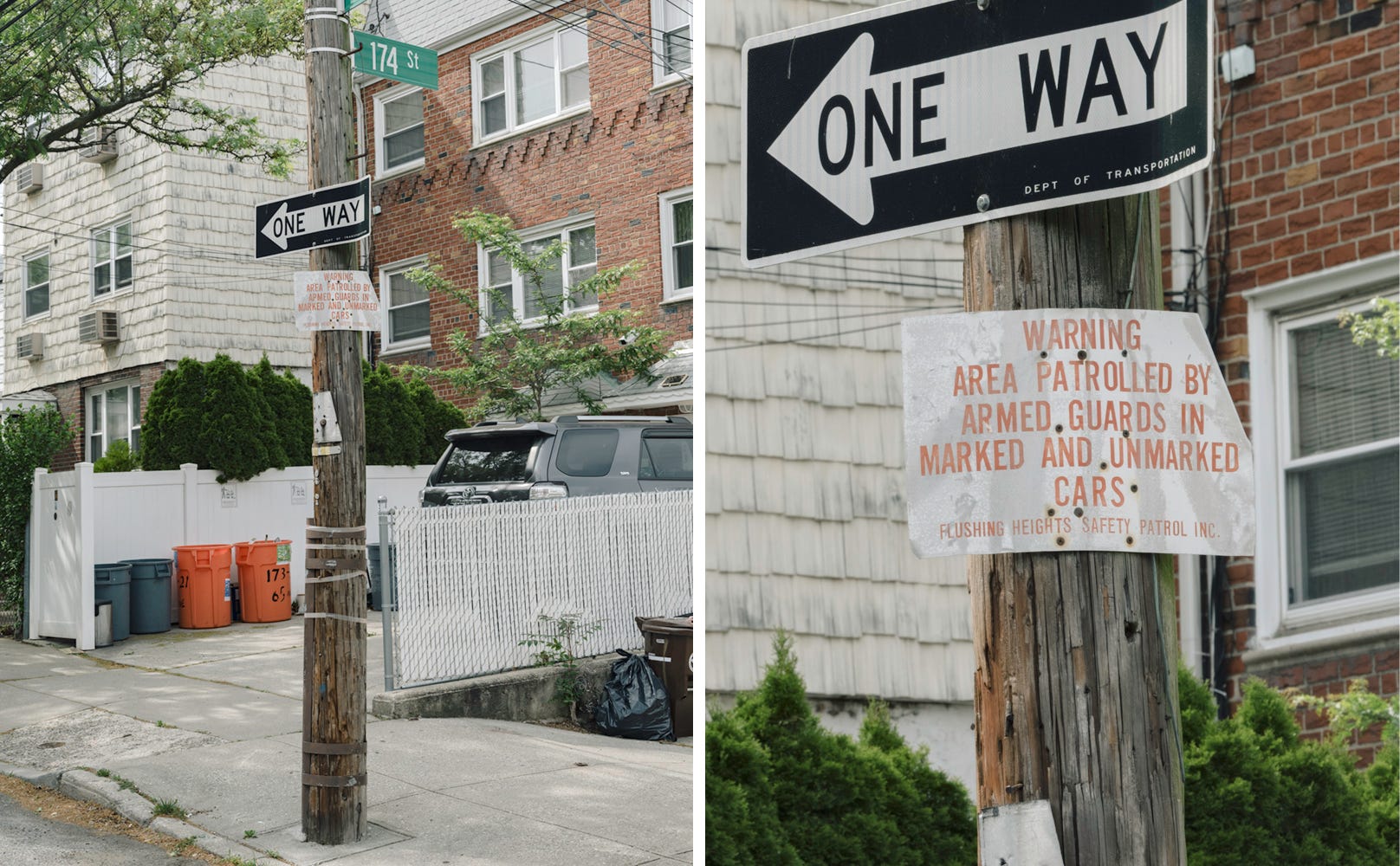


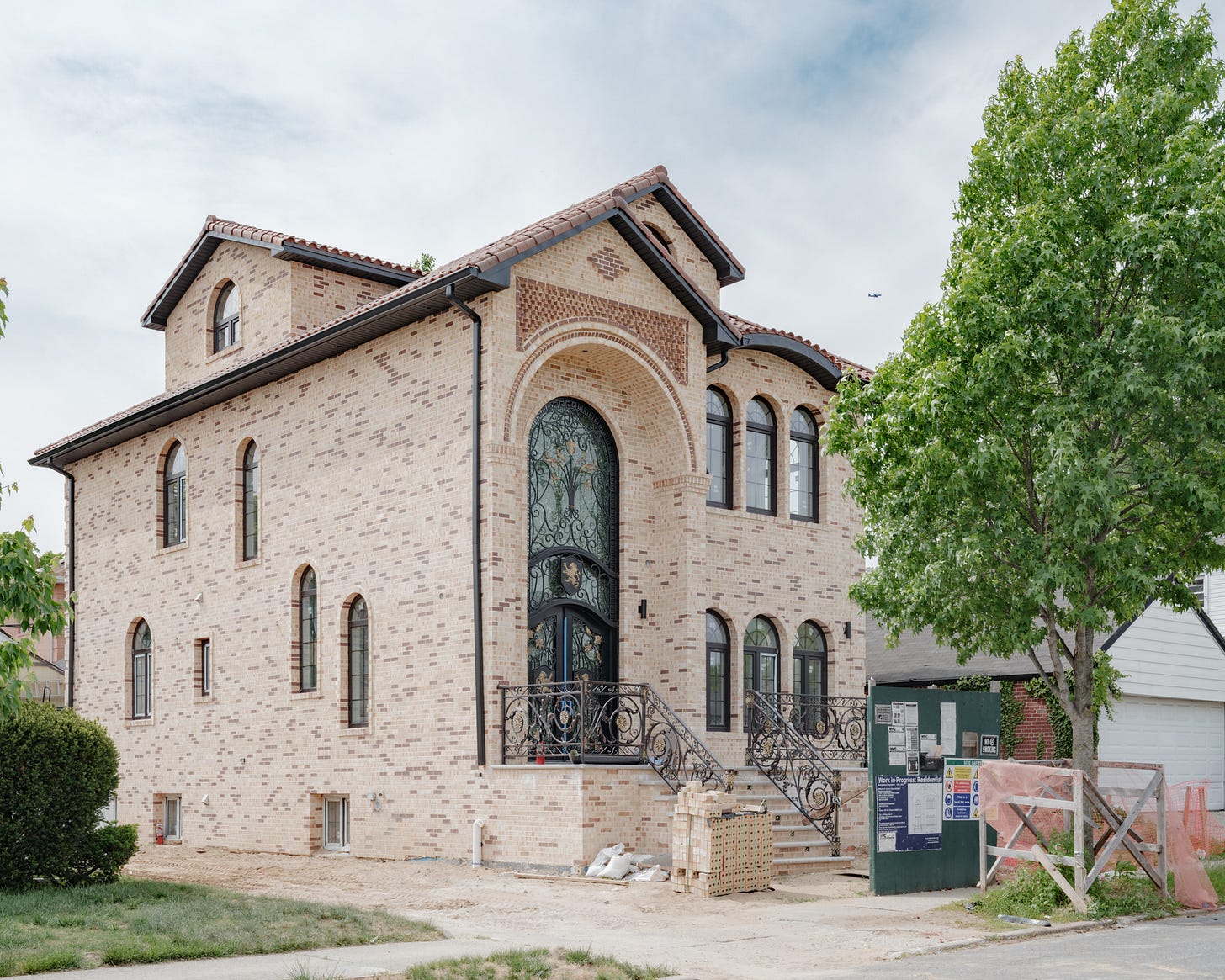
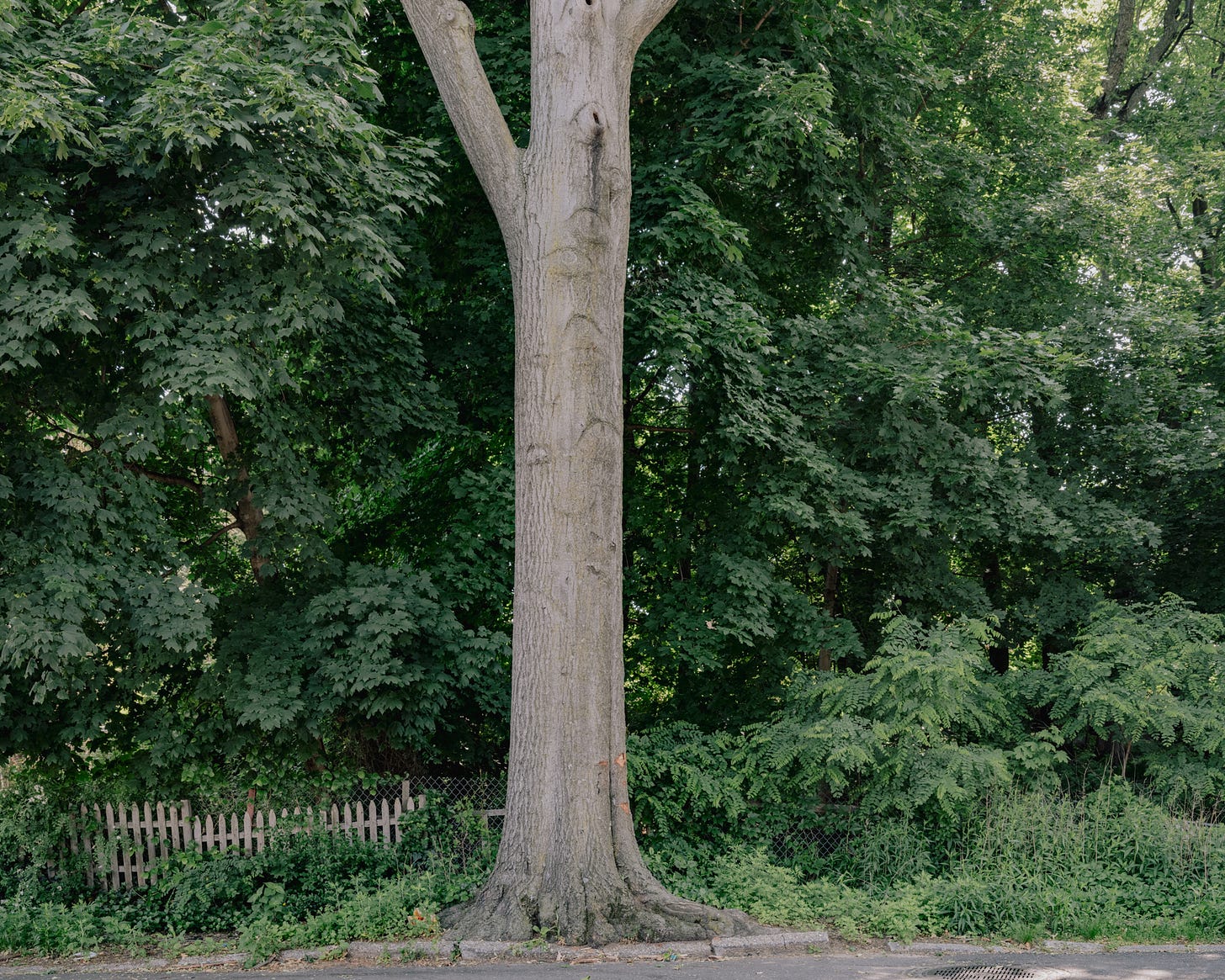
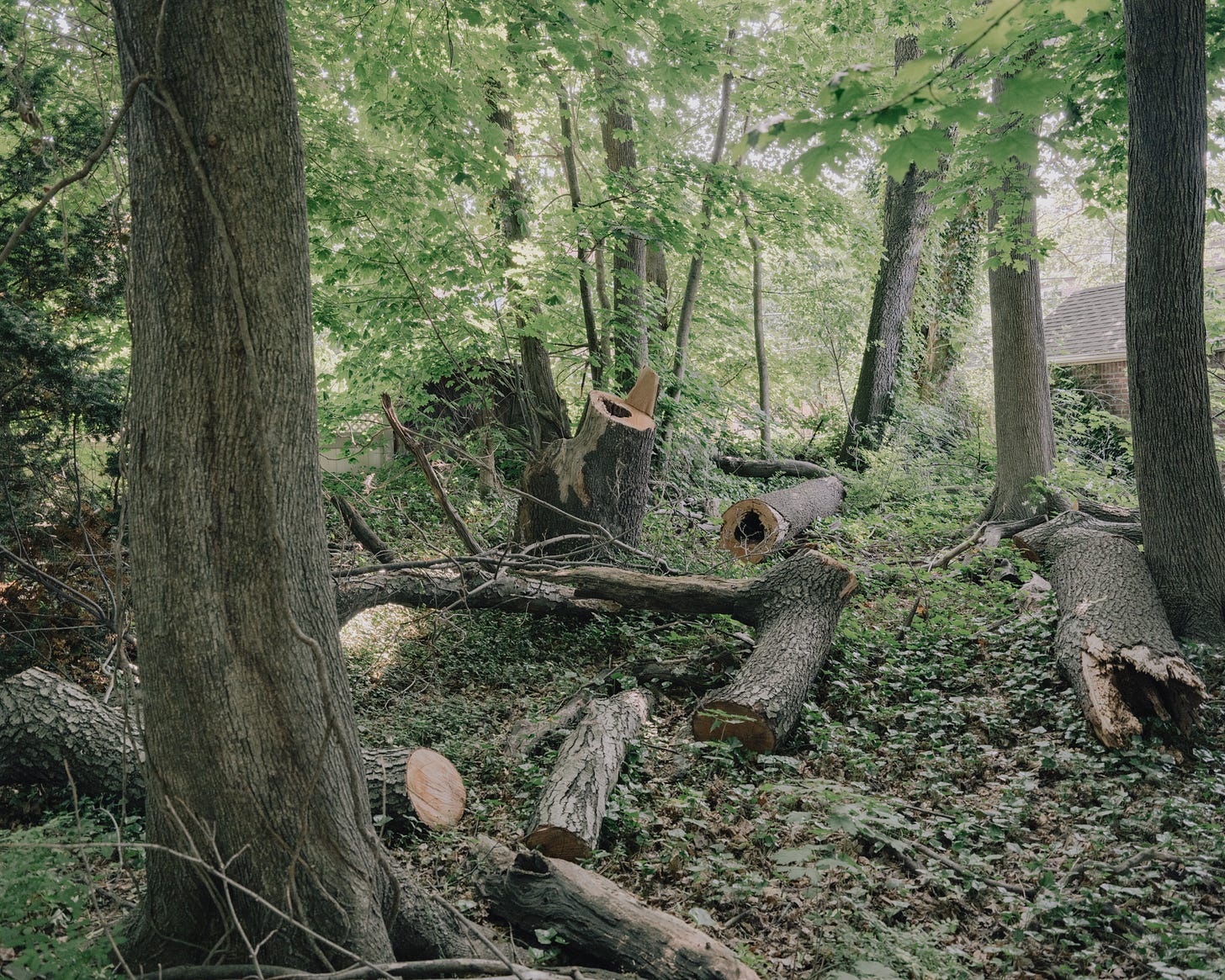
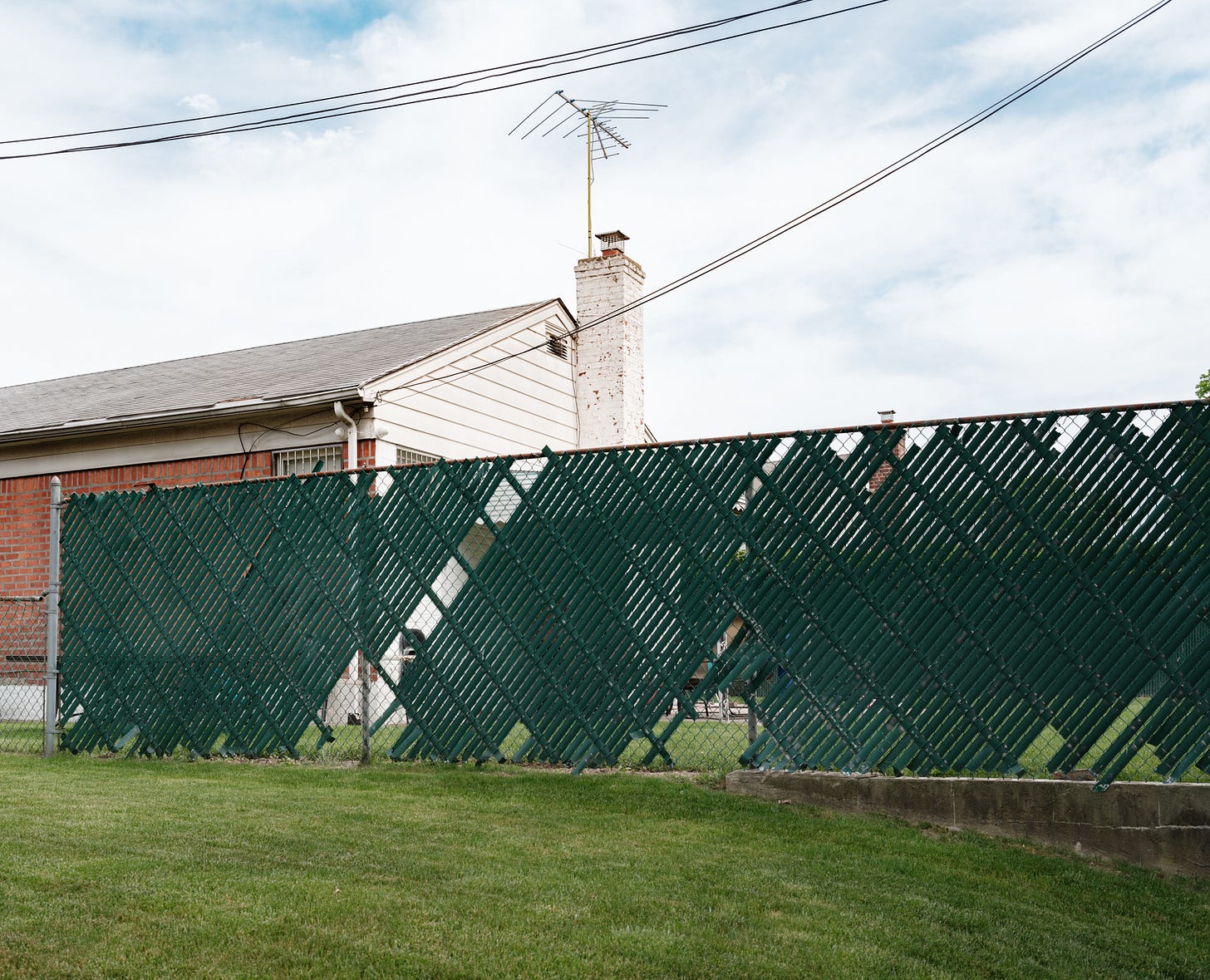

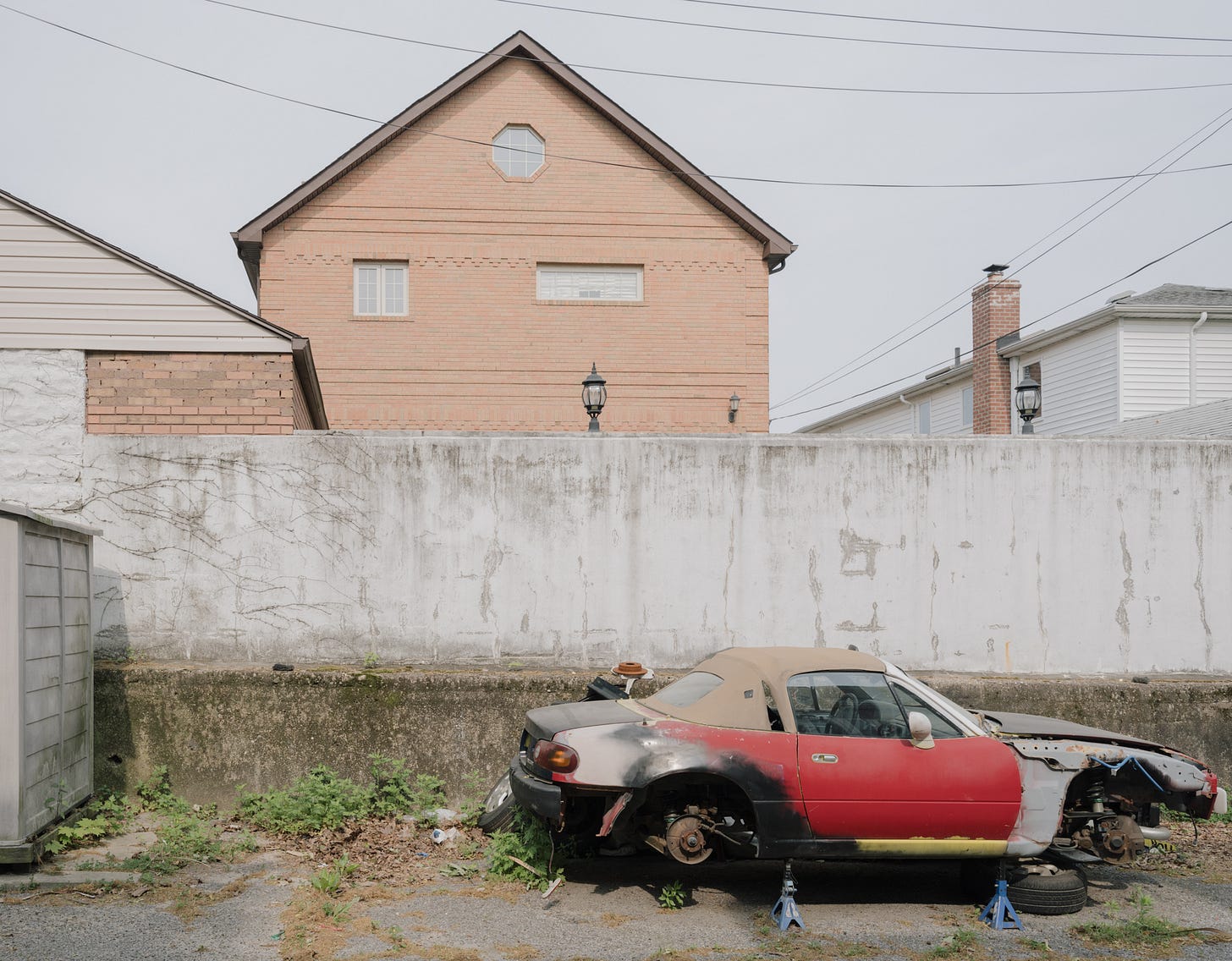
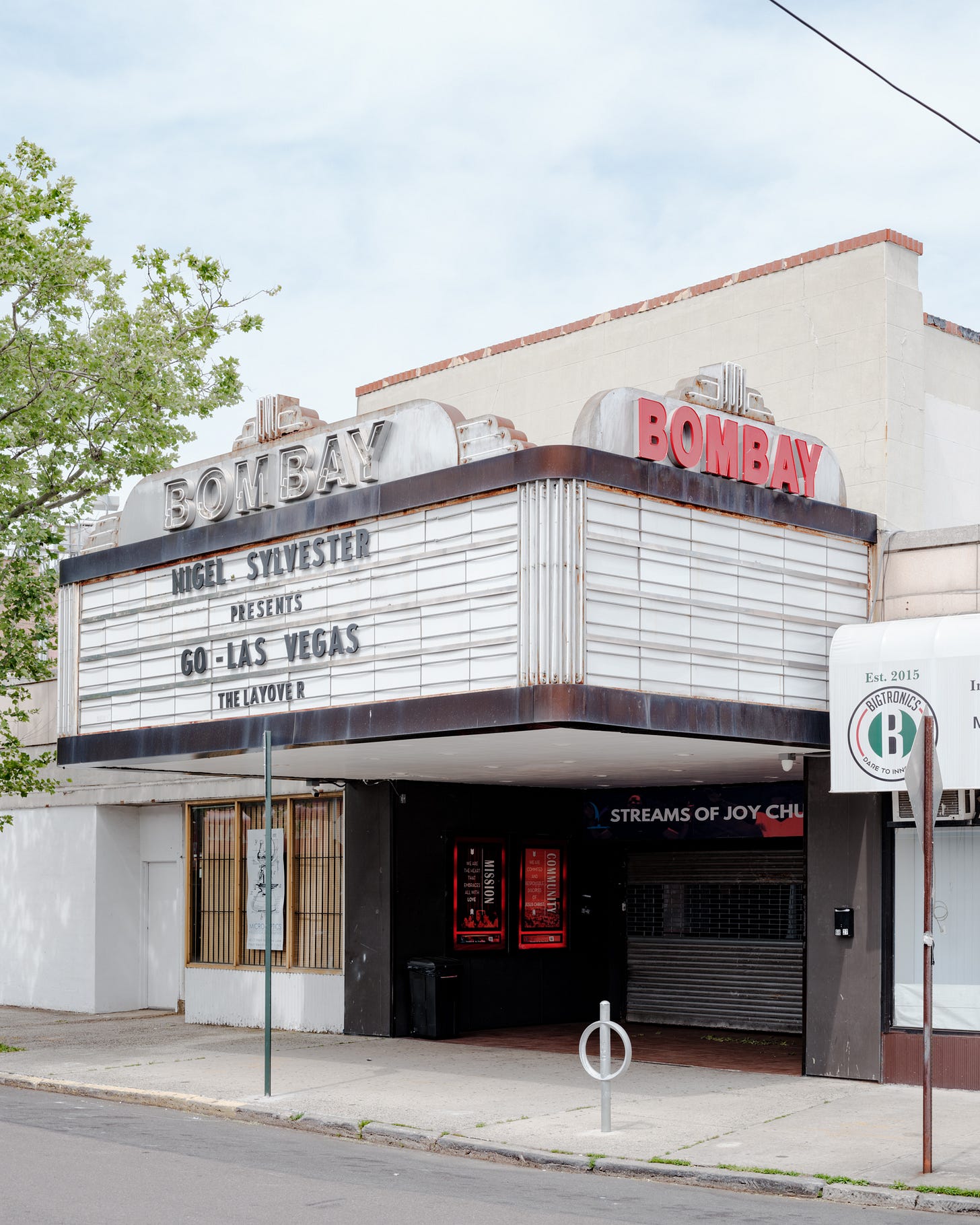

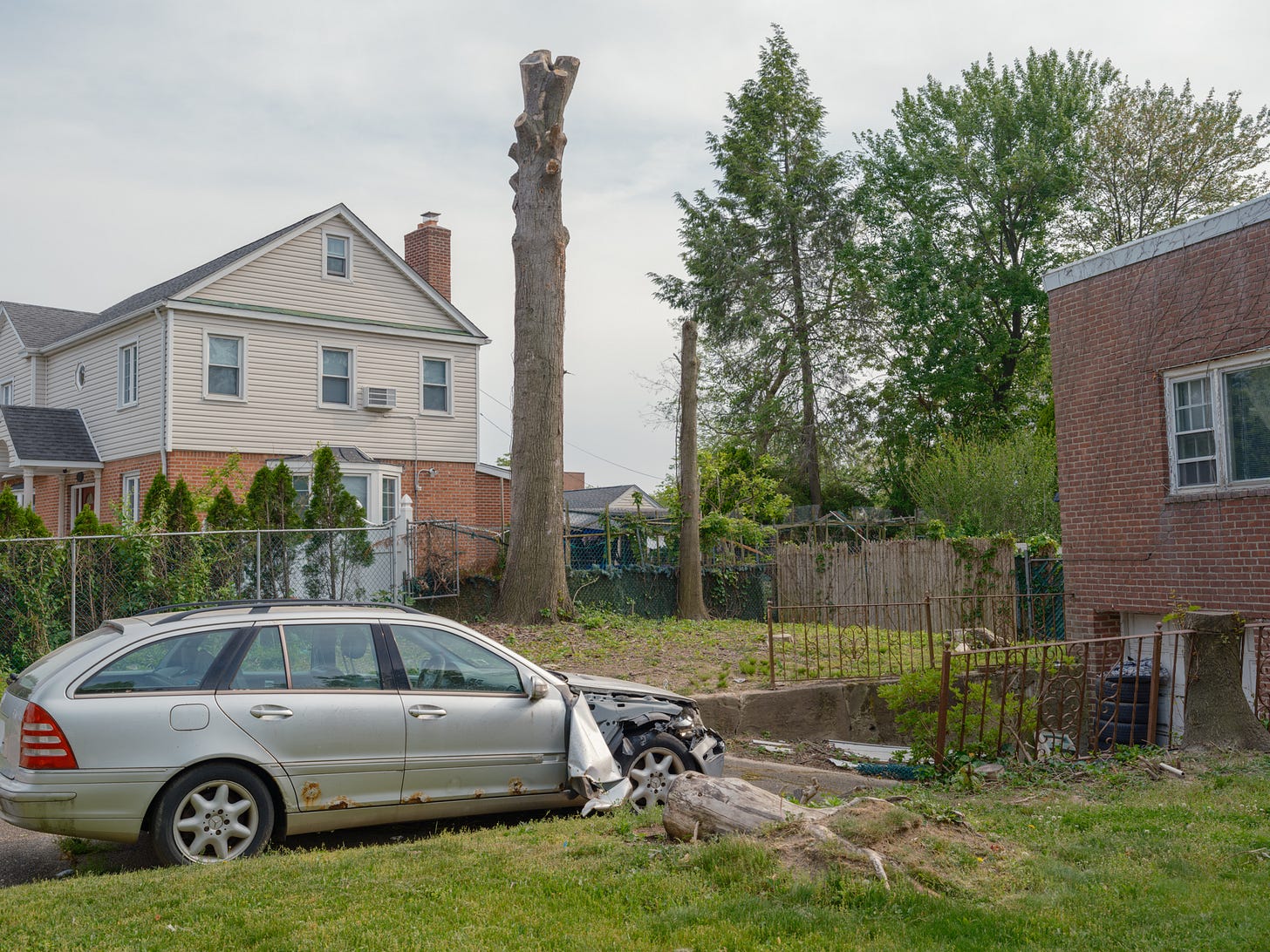

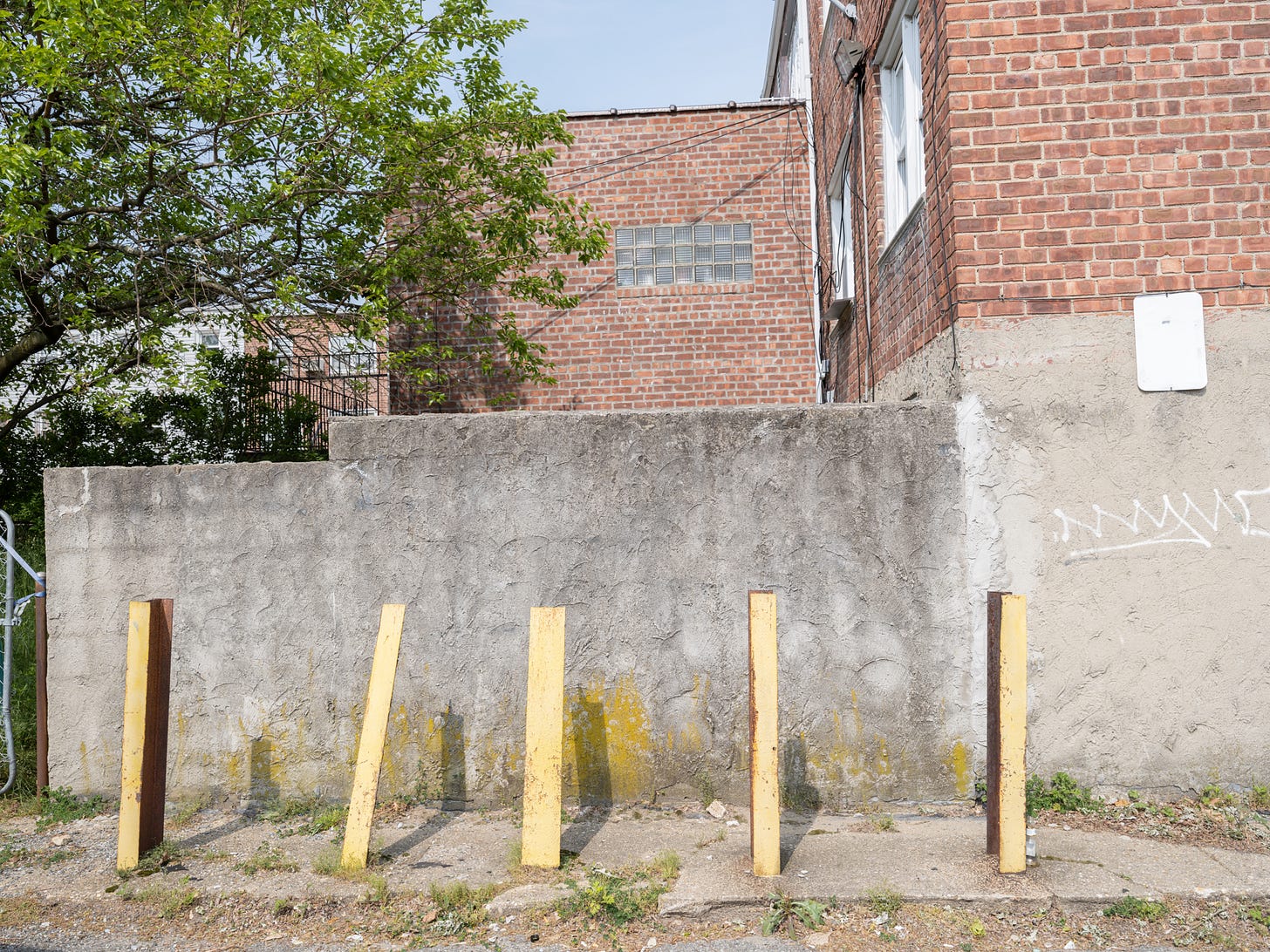
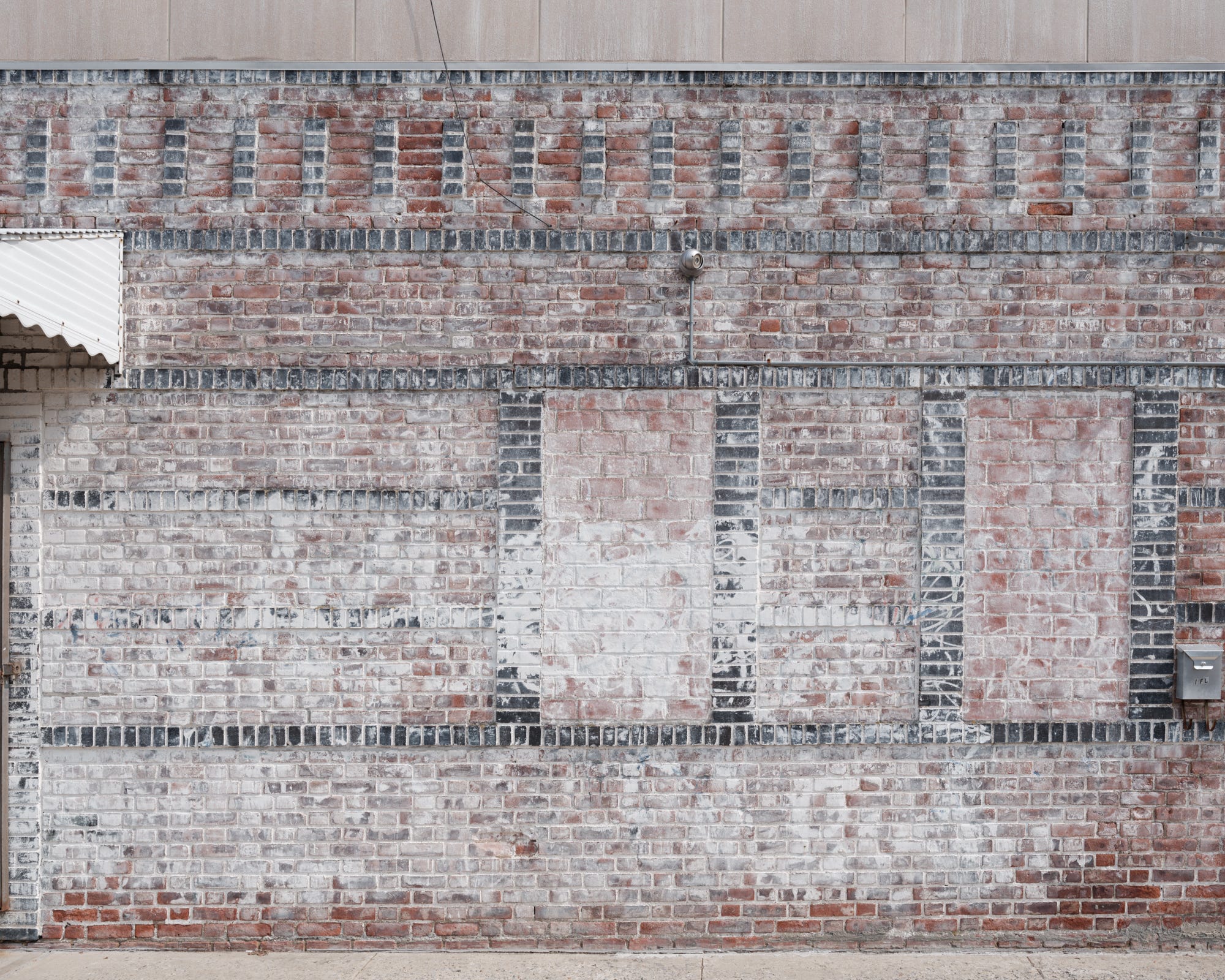

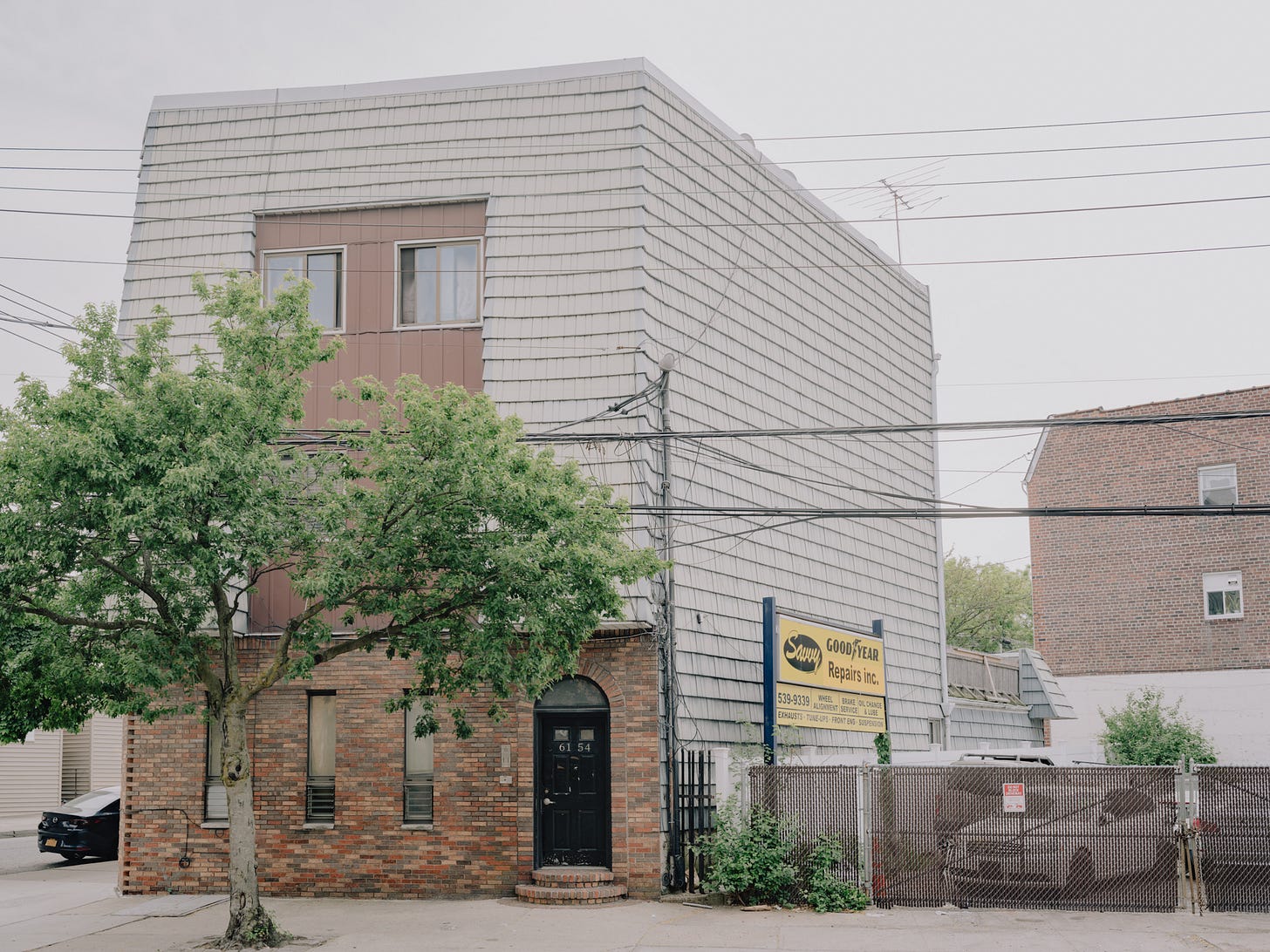

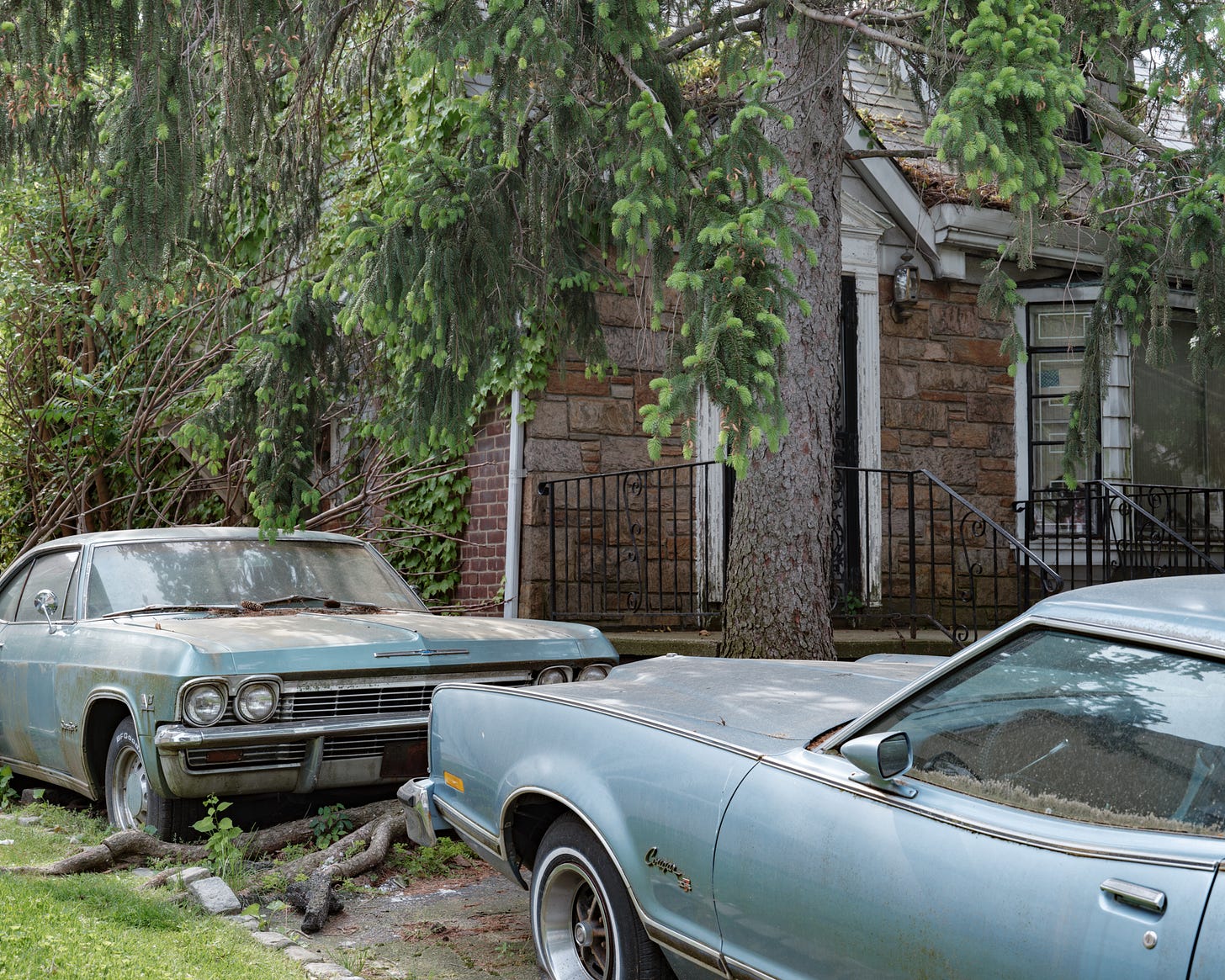
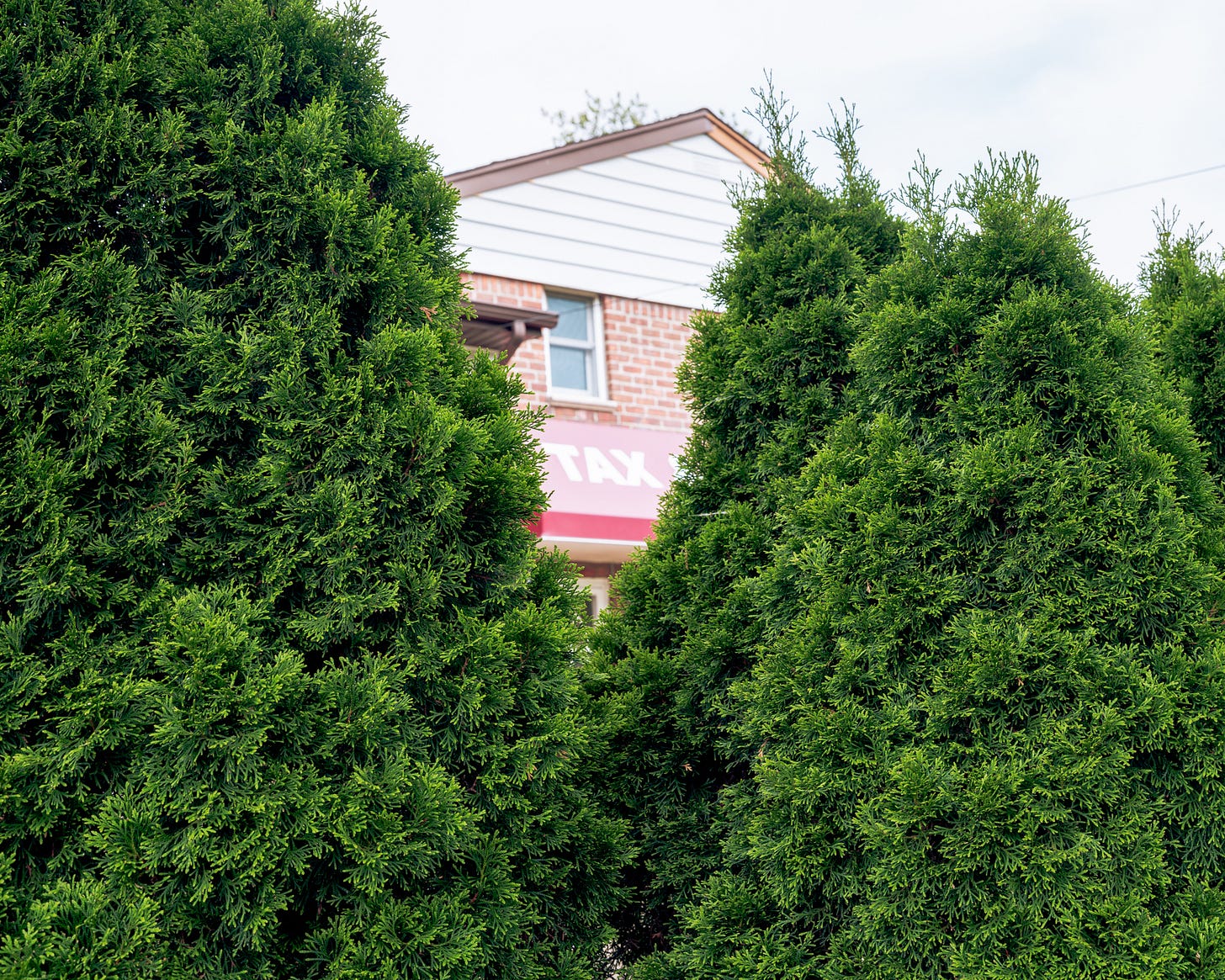
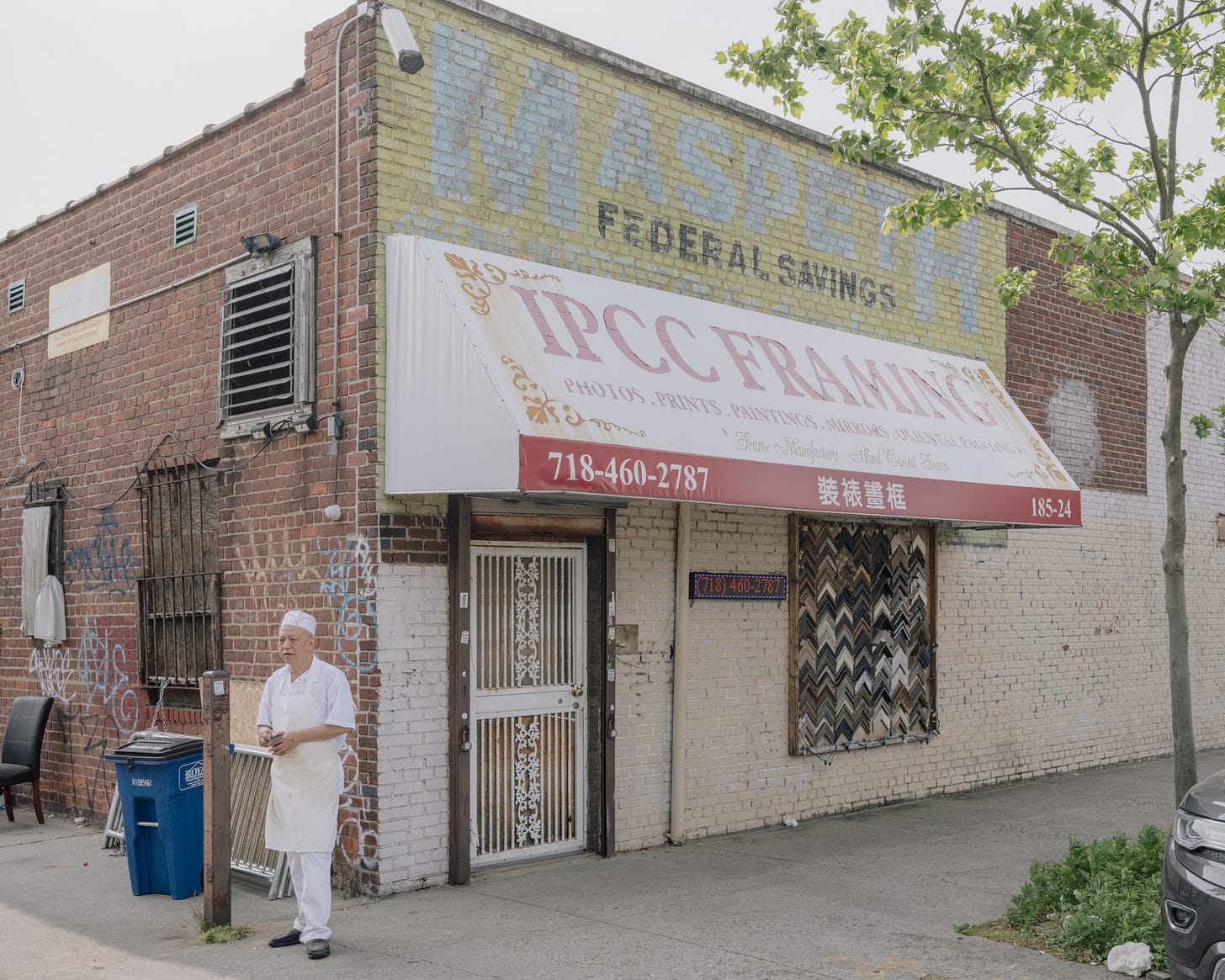
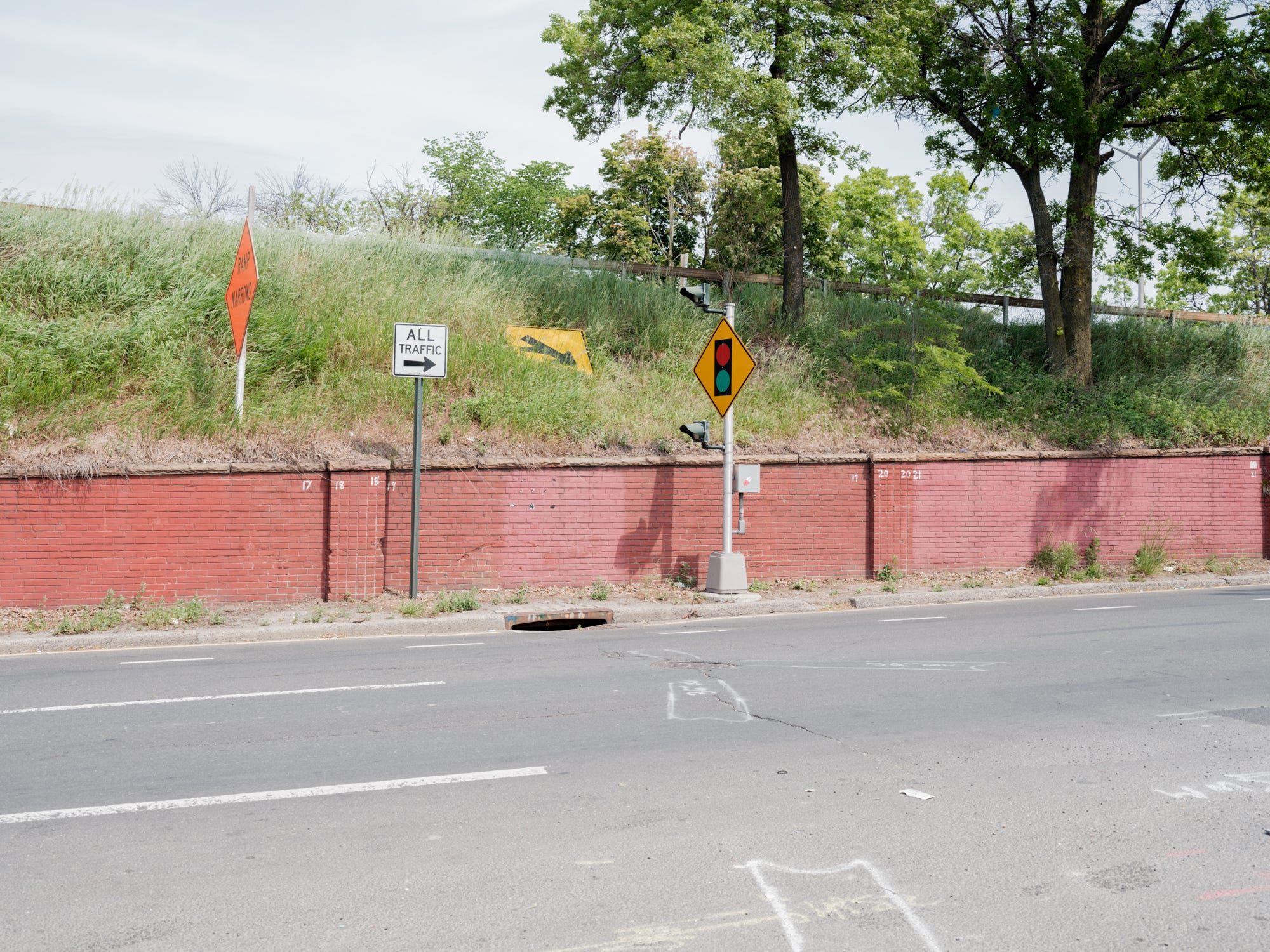
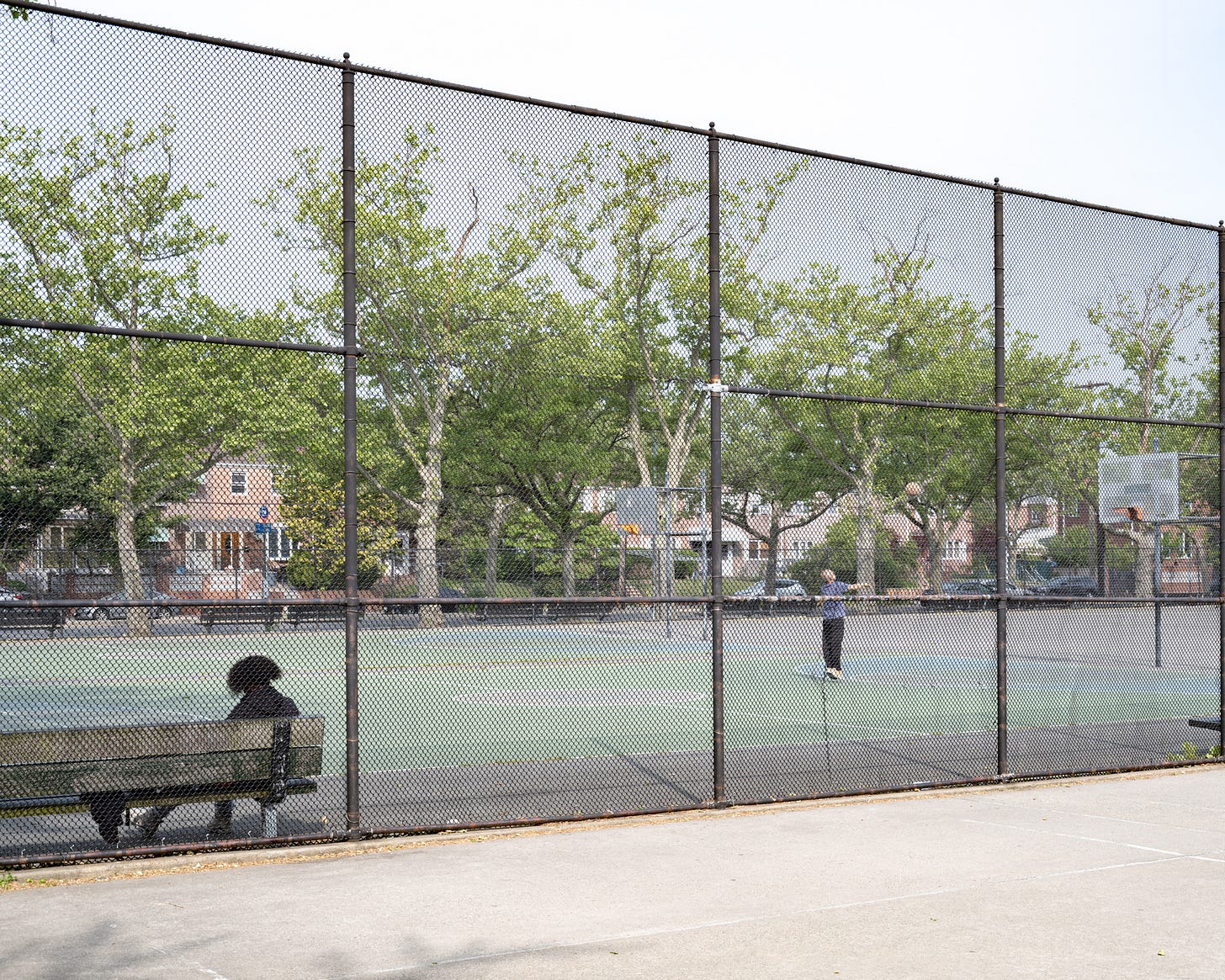
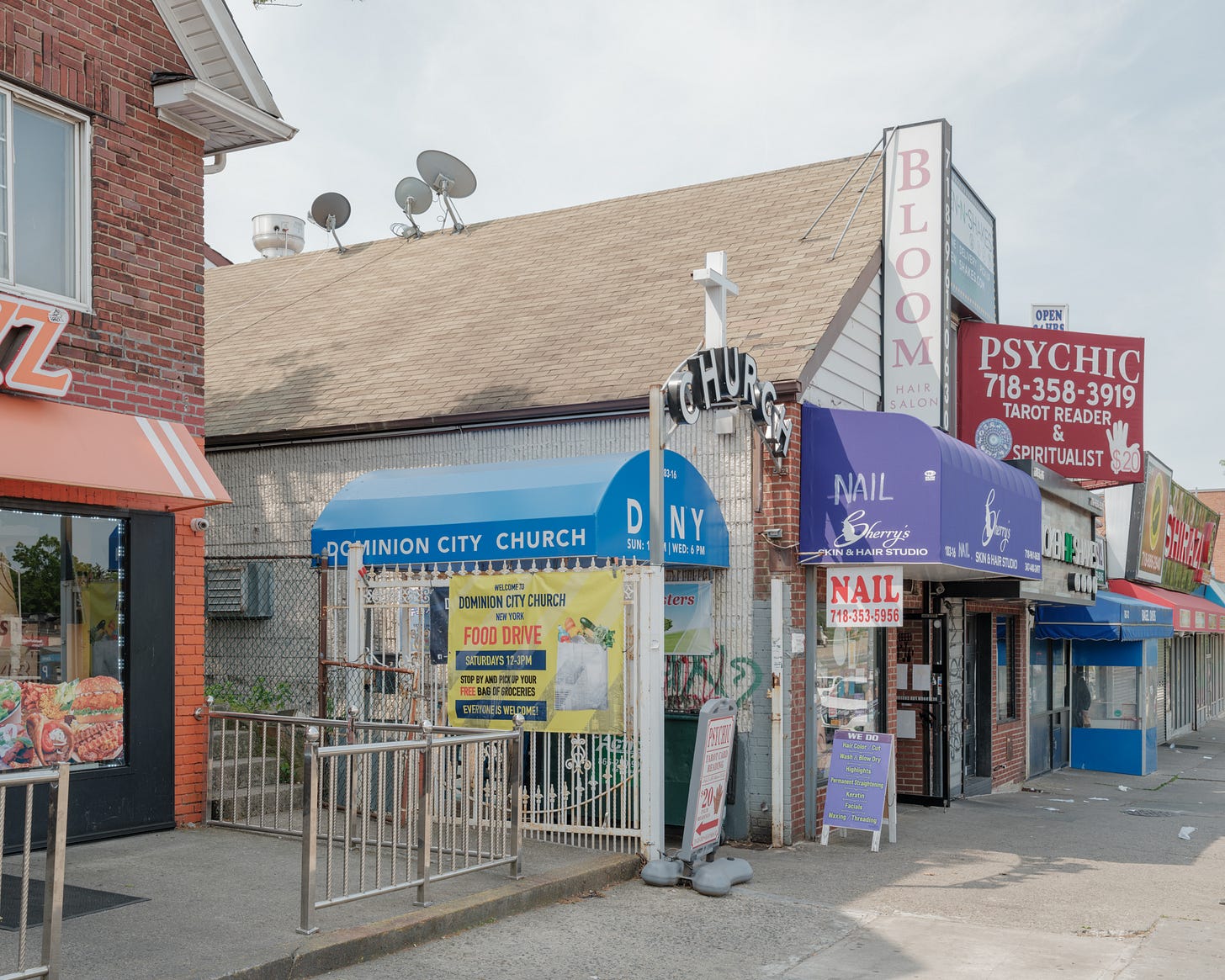

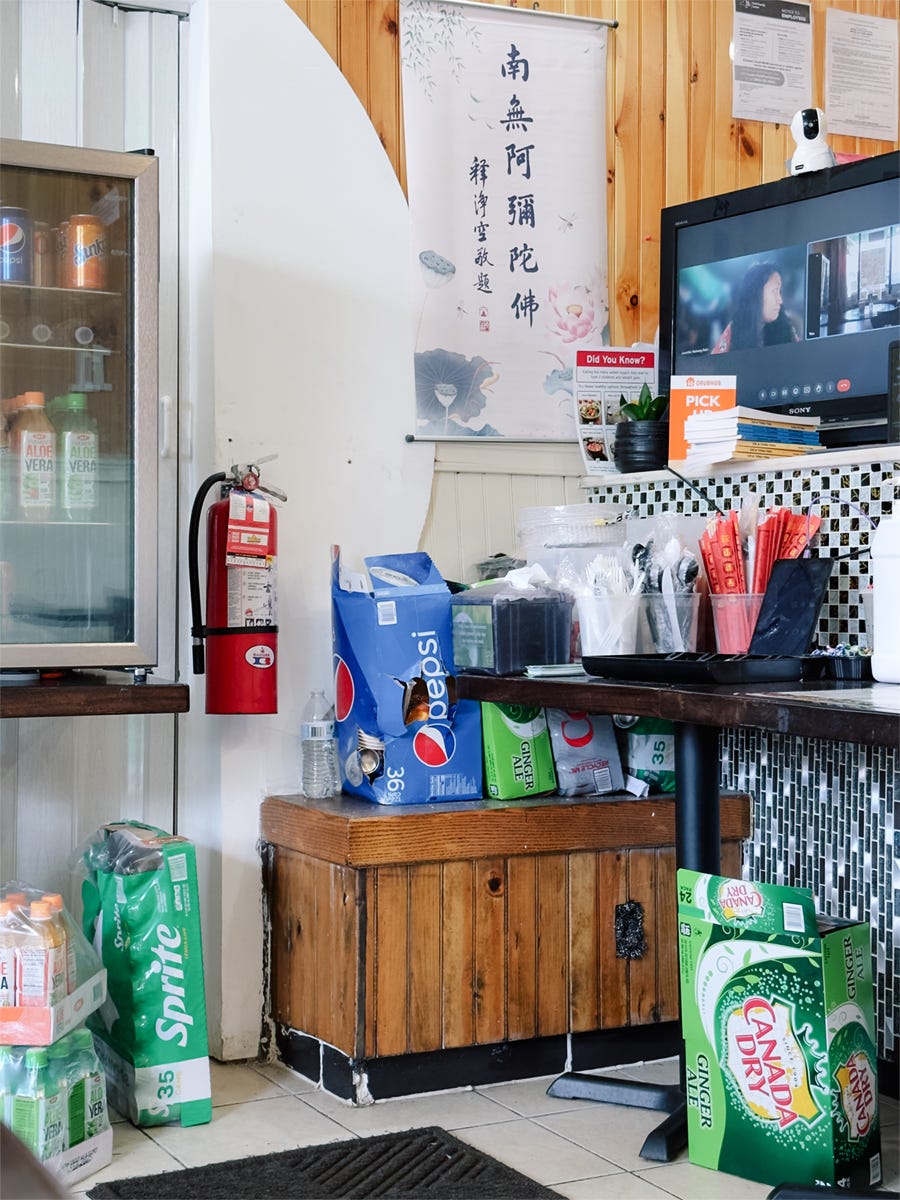
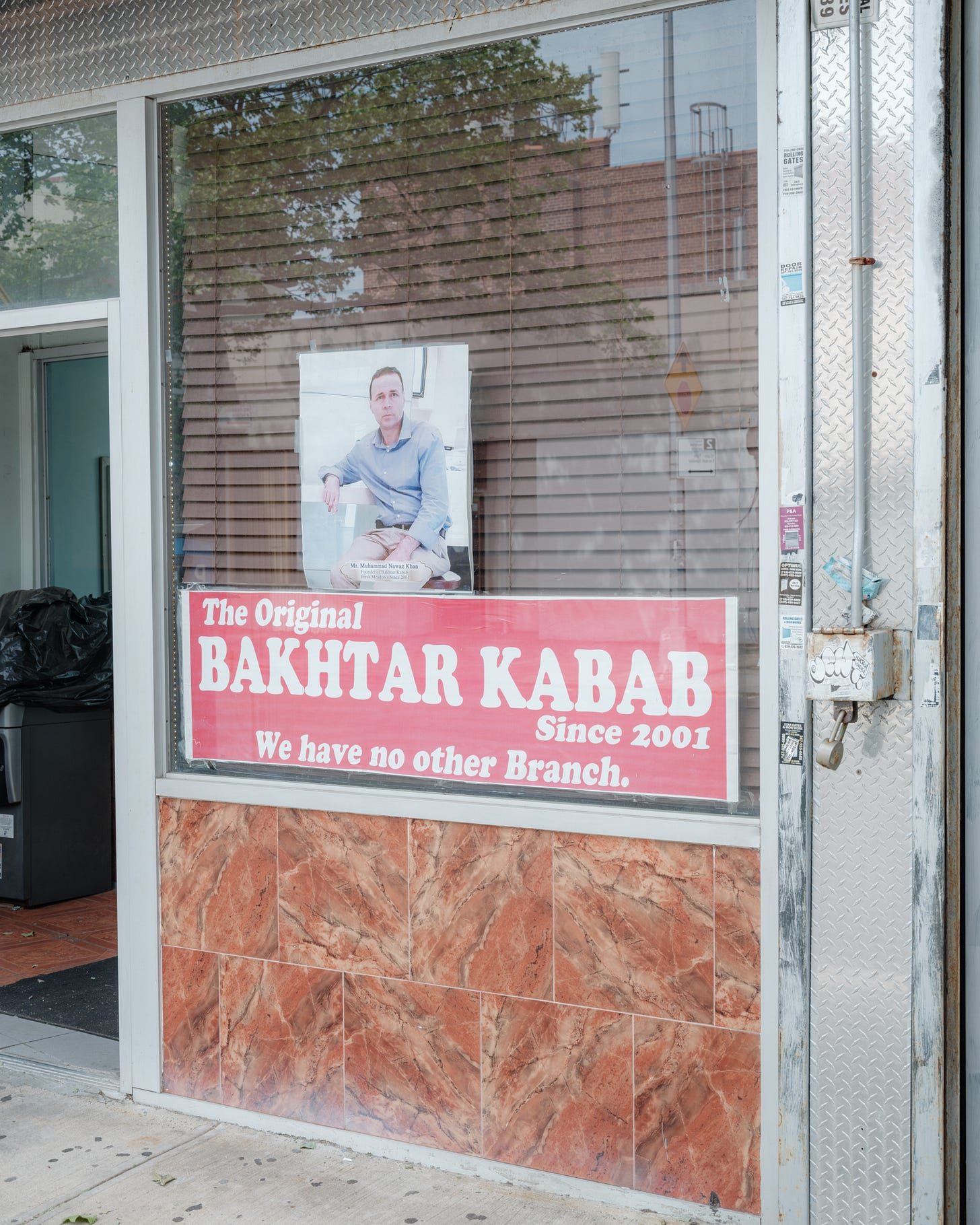
I’ve discovered now that Buddhist chants are outside my hearing frequency range. I’m definitely keeping that Costco hearing aid appointment.